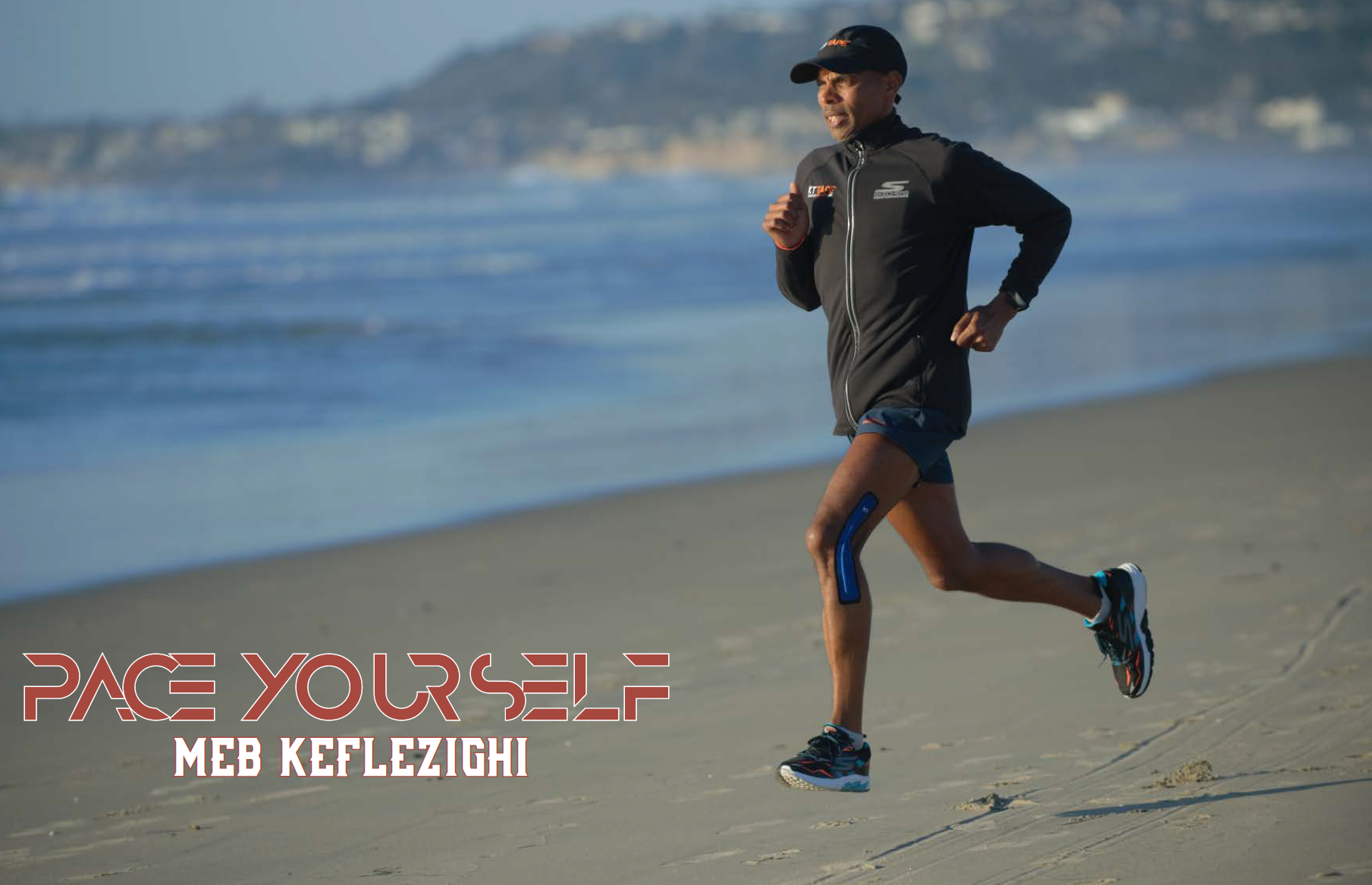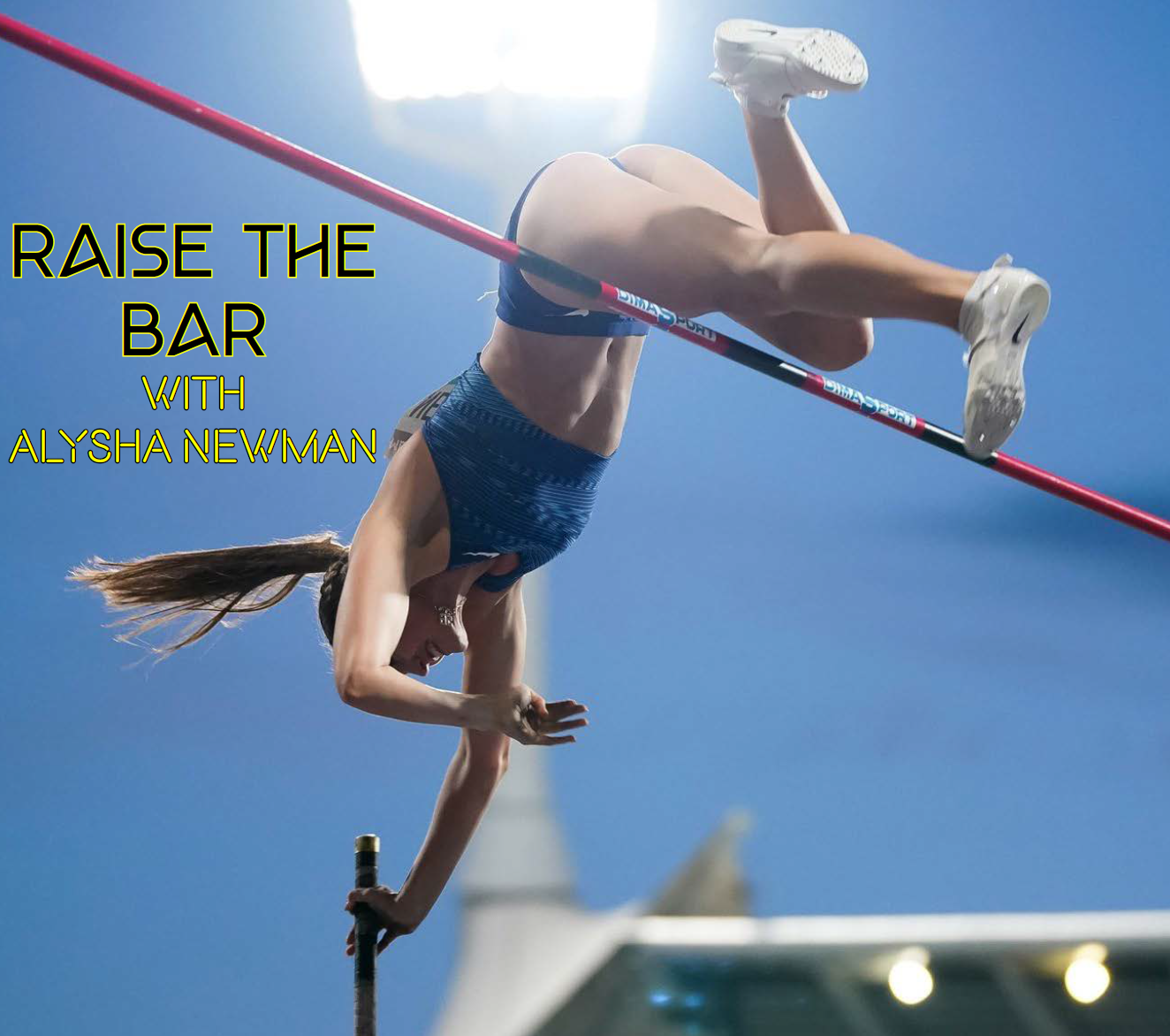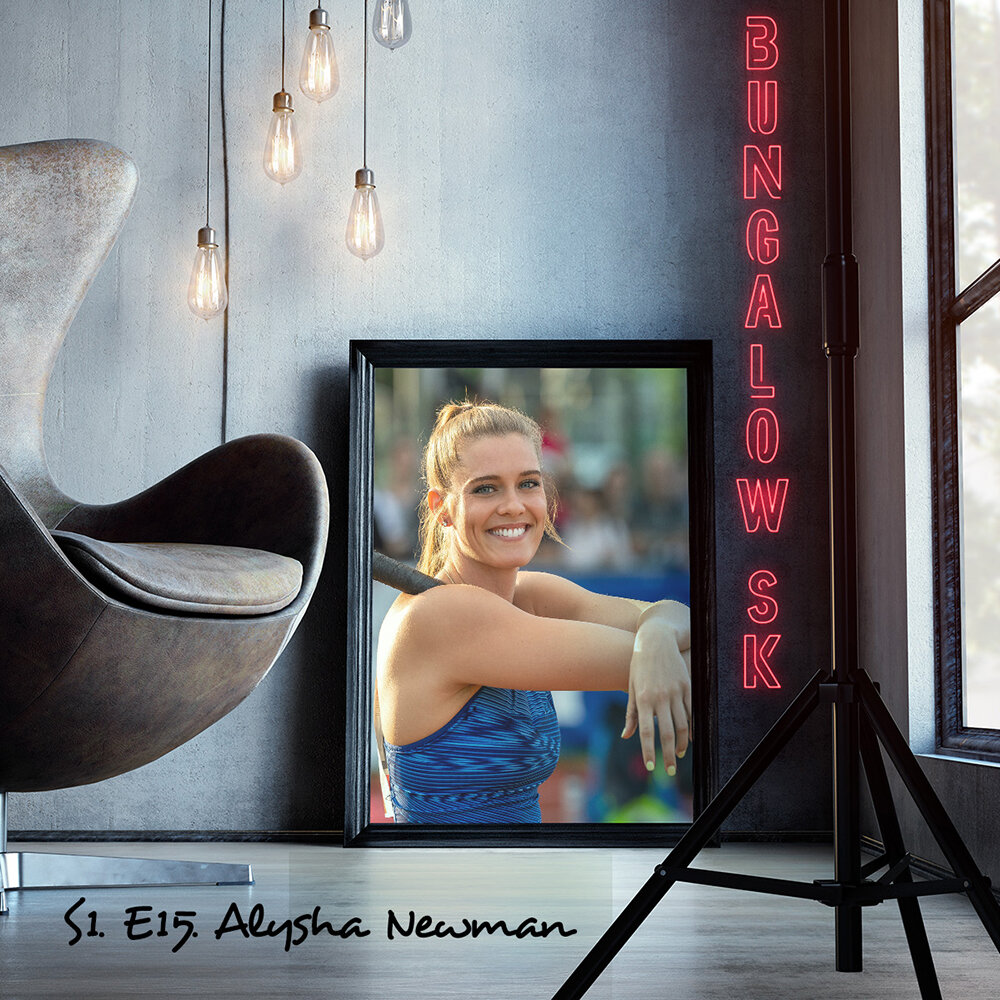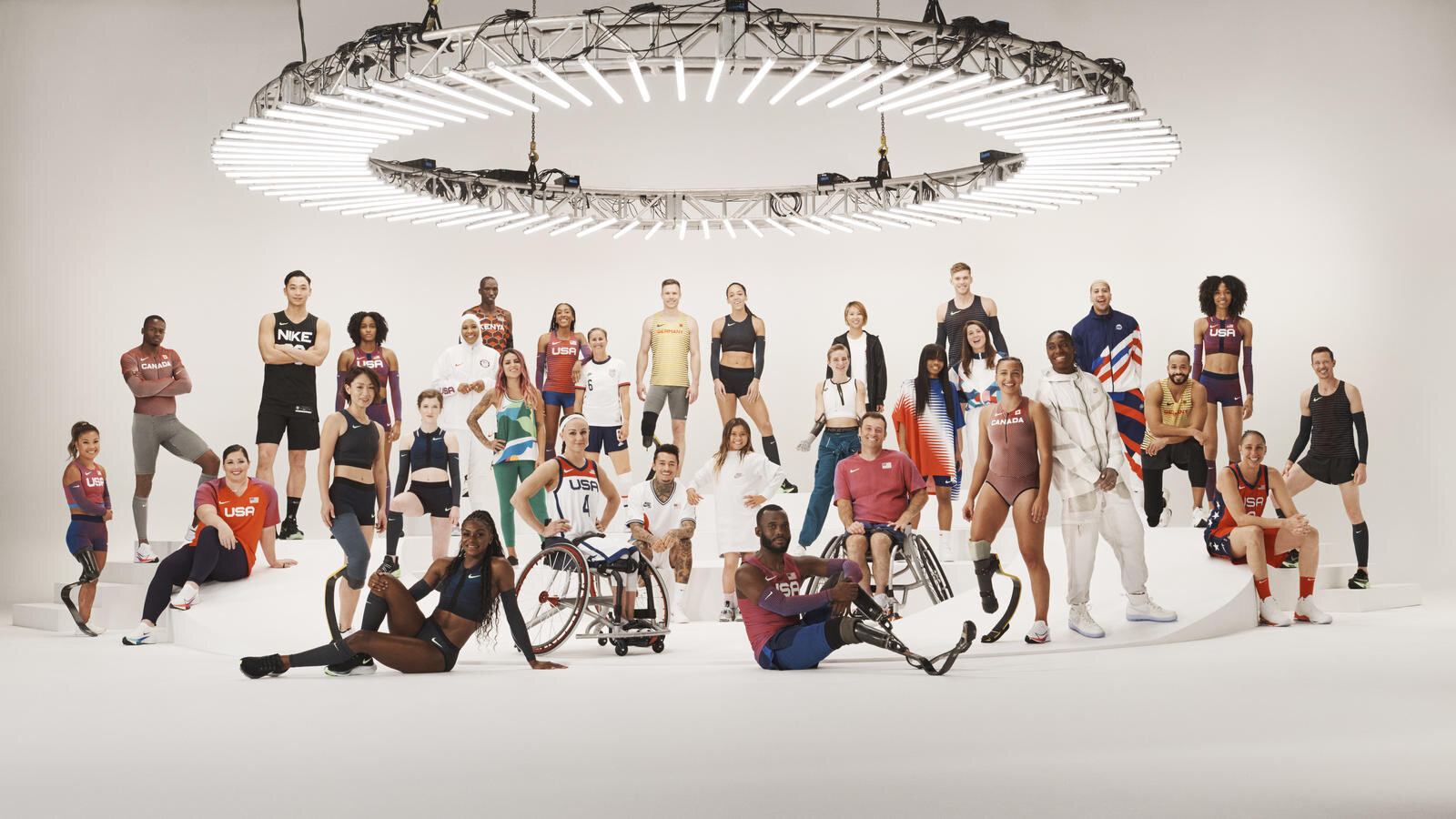MK: It’s funny that you asked because for me, going to school at UCLA on a full athletic scholarship, I was there from ‘94 –‘ 99. It was in ’97 that I had a big breakthrough you can call it. I was doing cross country, indoor 5K, and 5K as well as 10K outdoors and I contemplated whether to go pro or not, but I understood the value of education and that my degree would mean a lot more in the long run and I didn’t want to get injured and get set back. So that was the first time that it crossed my mind. But according to others like my 7th grade PE teacher, my high school coach, my classmates and others – their standards were high. They wrote in my yearbook that they would see me in the Olympics and that I was going to make it. But I had no idea how far running was going to take me until 1997 when I won 4 NCAA titles in that year (editor’s note: Meb became the first individual NCAA men’s cross country champion in school history winning in a course record 28 minutes 54 seconds, he won the NCAA indoor track 5,000 meter title and he won for outdoor in the 5,000 meter as well as the 10,000 meter championships).
AM: You are the only athlete in history to win the NY Marathon, the Boston Marathon, 4 X Olympian who won the Silver medal along with all of your NCAA Championships and National Championships. How do you prep for your races physically, mentally and spiritually?
MK: My parents always told me that the key to success is preparation. Do your homework and if you do it, you will do a fine job and that’s whether it’s for school, running or even a professional job. My family was like, tie your shoes, go for a run and of course you have to be systematic to see what you need to be able to excel when you run. For me physically, it was about 100 – 135 miles a week and I do that 4 times a week. People will ask me, do you run every day and I’m like, well you do the math ha! I run multiple times a day. In the afternoon, I do my long run for one intense workout. I don’t try to double up on that. Sometimes I run 10-12 miles in the morning, on the hard days, I will run anywhere from 12-16 miles and then in the afternoon, I will go for a fast mile and an early leisure easy one just to have time on your feet. The other ones are pretty rigorous.
Mentally, I guess you have to believe in yourself and the progress and strengths that you make. You can see the progress weekly, monthly and yearly. This is important for you to be able to see those.
Spiritually, I feel like I have my God given talent and I understand what my purpose is for me. I want to capitalize on my abilities to the fullest and most maximal potential.
AM: I know in terms of your training, you have been quoted in saying that you have a 9 day training cycle as opposed to a training week. Can you tell me more about this and what do you do during that period of time?
MK: We all know that there are 7 days in a week, the 9 day cycle allows me to have that recovery days in between. As you are in high school in college and early professionals, you can get away with a 7 day cycle. You can recover faster. As I got older, I wasn’t recovering and I wanted to make sure that I wouldn’t be injured. So what I did was, you have Monday – Sunday and I cycle on through Monday and Tuesday. For example, if I do a long run on Sunday, Tuesday and Wednesday it will be easy for me, but maybe not for everybody else. I can run in the morning and train again in the afternoon. Again on Wednesday, it would be the same thing, 10 in the morning and 4 in the afternoon. But then Thursday will be intervals because race days are faster. So Friday and Saturday would be the same thing that I did on Tuesday and Wednesday. It would be 10 miles or 12 miles in the morning and then the same in the afternoon. On Sunday, I would do my tempo run which is race days that can go anywhere from 6 miles to 16 – 18 miles on race day. You’ve got to warm up before hand and cool down. So it will be anywhere from 20-25 miles on that day. So instead of going back to a hard day on Monday for that workout, you need Monday and Tuesday to recover. So Wednesday would be that next hard session. By doing this, you get to know your body really well. You can start alternating whether you’re doing long runs, intervals or tempo. I can switch it up if the speed isn’t there and put two intervals together – like putting Sunday and Tuesday intervals together and Monday becomes the long run.
AM: From a nutrition standpoint, what do you eat to support your efforts when you’re looking at the next race?
MK: Nutrition is a very important part of training. You have to have a balance. The days that I do a hard workout, I have to have carb load like rice and pasta or potatoes. The days that I have an intense workout like a long run, tempo or intervals. I go with a lot more protein especially as I have gotten older as you try to eat protein to stay as lean as possible. Obviously, right after the workout, I have a drink with a product called UCAN, a UCAN shake. It’s the water and powder and you can have a banana, stretch out, do the ice baths, get a massage maybe and then 2 hours later, have a real meal where there’s eggs whether it’s an omelet or scrambled – whatever works for you. Then you have that afternoon run and then after if it’s a hard run, you have chicken or maybe fish or steak if I’m getting ready for a hard work out as you also want those carbohydrates.
AM: We had the pleasure of being able to meet you in 2016 right before the Summer Games in Rio. We were at Chelsea Piers for the KT Tape Media Day which we were able to meet you and the other athletes as well that are ambassadors of the brand. Why is your partnership with KT Tape so important and how is it synergistic with what you do?
MK: It’s been a great partnership with KT Tape because they understand the demands of what an athlete – not only professional athlete but every day runners or those in sports and what it does to their body. KT Tape understands that they need to be there for the aches and pains and to try to make it as easy as possible for those that are dedicated to their activity. Obviously, their motto is “to finish strong,” in not only races but also in training. I feel very proud to work with them.
AM: We’ve been a fan of their products and have a number of them that we have on hand when we’re on our photoshoots, hitting the tradeshows, being at NYFW, musical festivals etc. The fact that they have a number of recovery options from gels, the Wave+ items that are focused on blisters etc. definitely assists our team in what we do! What are your go to products that you enjoy using?
MK: I usually when I’m training have the KT Tape generic for the tendons and muscles to stabilize them. But I also have the KT Tape Flex for my knees and the KT Tape IT Band. Obviously, the KT Tape Chafe Safe is important as runners, we chafe and that’s important. I have also used the recovery patch as sometimes we have our calves or your glutes and lower back so that you can bring attention to that muscle and it can help you recover and to get you through the workout!
AM: I’m sure that just like us, you enjoyed seeing athletes being able to do what they do best on such a global stage especially due to the postponement of the Summer Games due to COVID, what did participating in the Olympics mean to you as you have done it a number of times?
MK: Well the Olympics are special and the pinnacle of any sport – it’s a big dream whether you’re a runner or any sport! When you make it there, you’re fortunate to be able to be there and it’s a wonderful opportunity to be able to wear that USA jersey on your chest and to represent that red, white and blue. That Jersey – it only becomes real when you put that on. You have dreams and ambitions, but when you’re on that flight to the Olympics or you’re at the Opening Ceremonies and participating with that Jersey on, it’s magnificent! You’re the chosen one and for Track and Field, there are only 3 people in the whole US and you have to earn your spot in order to make it.
Especially for me, I mean, my first experience was the Summer Games in Sydney to go to the Olympics prior to 9/11. It wasn’t my best performance obviously, because I had to stay in the village and I got the flu that was going around. But I was so delighted to be able to represent the US, go to the Opening Ceremony which was on Thursday and I did the 10K and it was done by Mon. But I had a whole 2 weeks to enjoy other sports as long as you have your USA badge and credential. I was able to go on the ferry, the train and the buses and you just flashed your card and could do what you wanted to do and it was great.
I was very fortunate to win an Olympic medal in Athens at the Summer Games in 2004. I was so proud to be able to bring home a medal – I was able to deliver that.
Obviously, for the Summer Games in 2012 in London, it was a challenging situation, I came in 4th but to be in the moment and to keep pushing hard - that's also important to not give up and not to drop out! You have to keep going no matter what! Thinking back, I was 21st half way and I ended up finishing 4th. And also to be able to go to Rio for the Summer Games in 2016 and to be able to understand what I did for my daughters by them seeing me make the team.

































